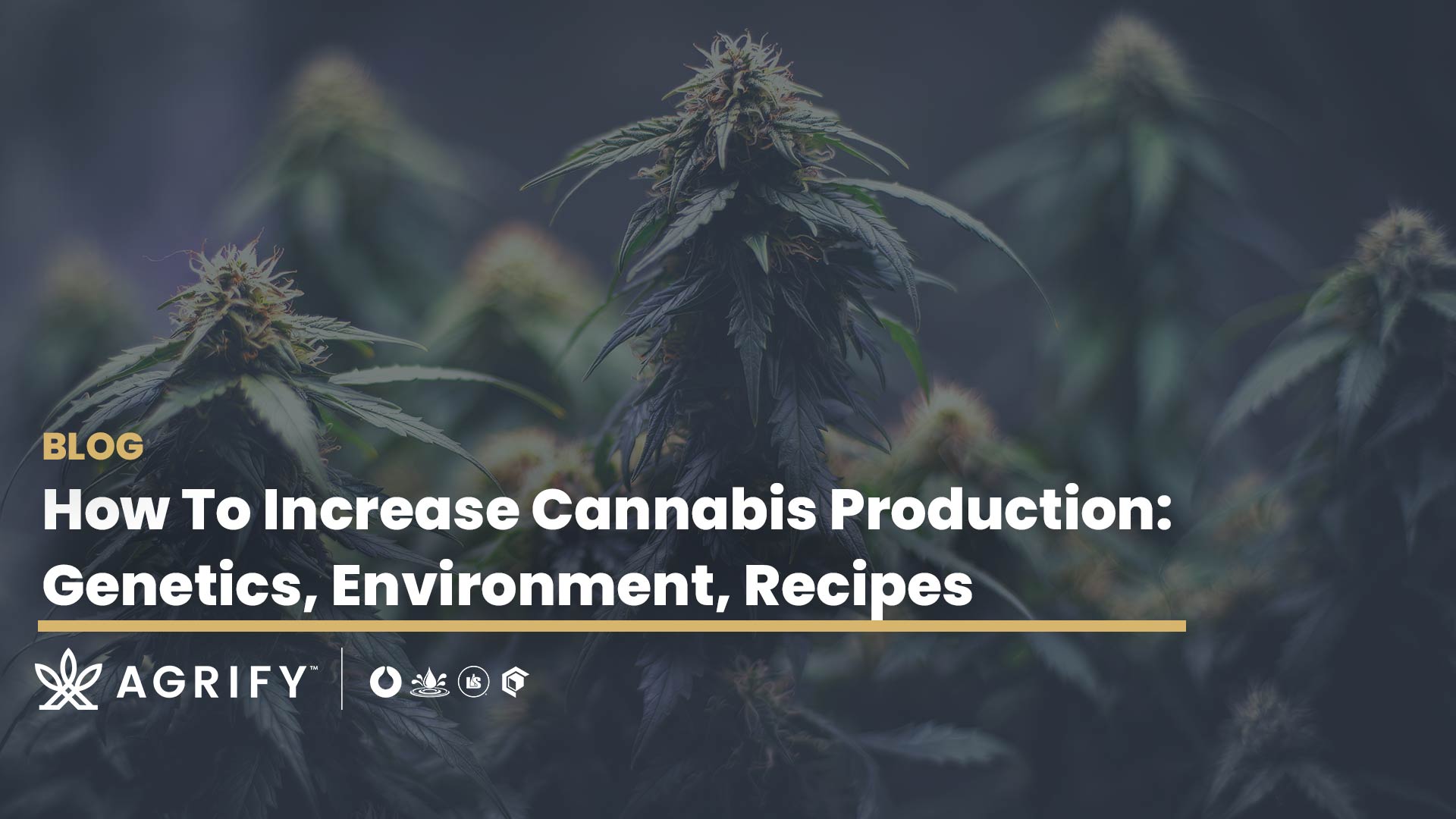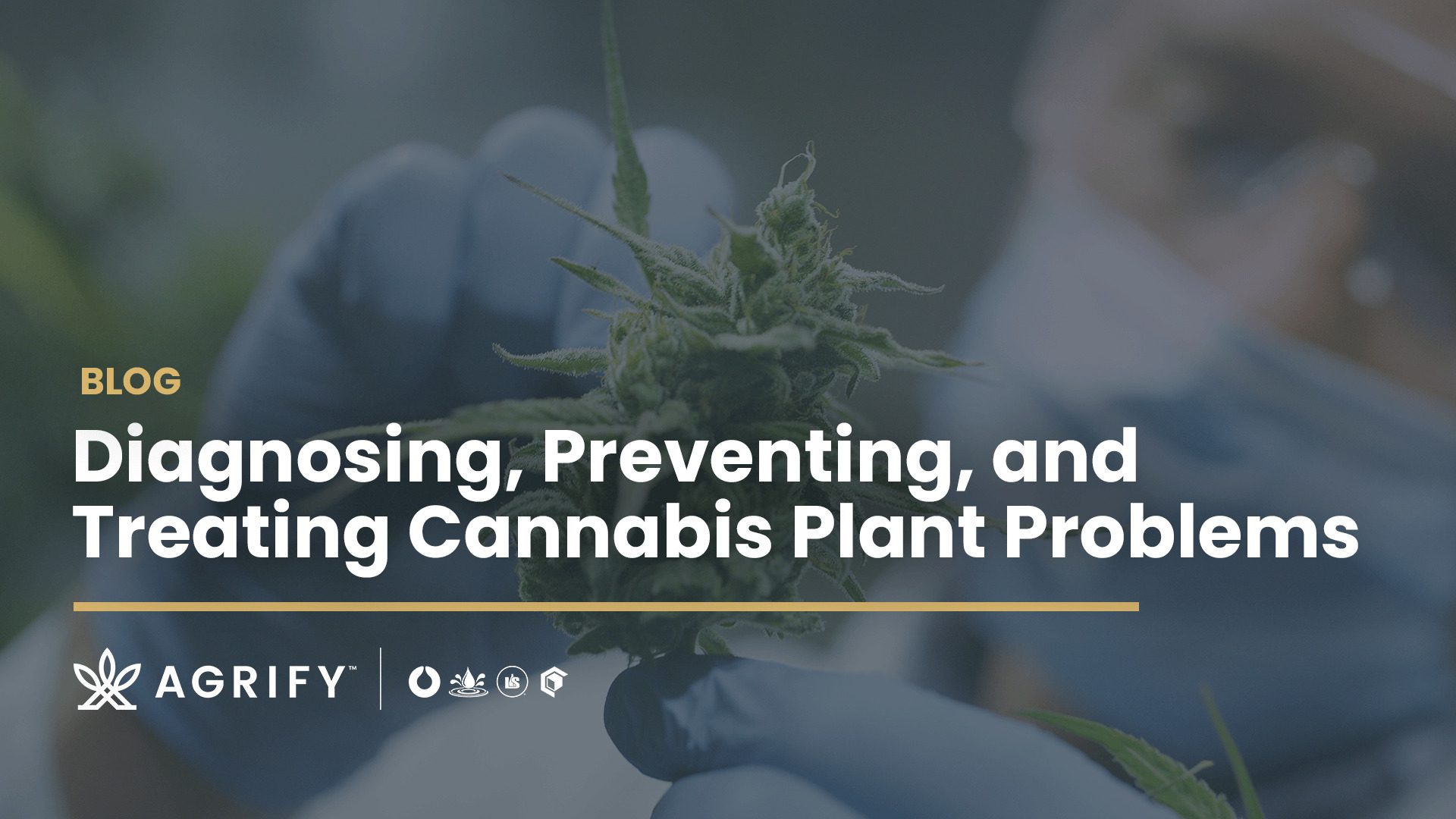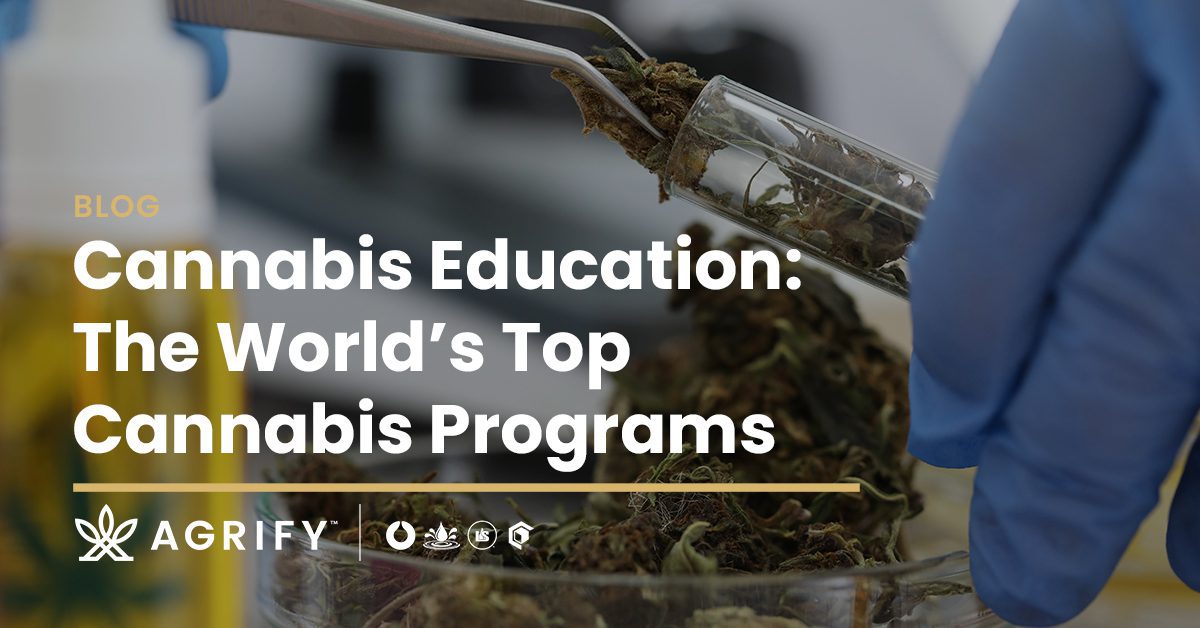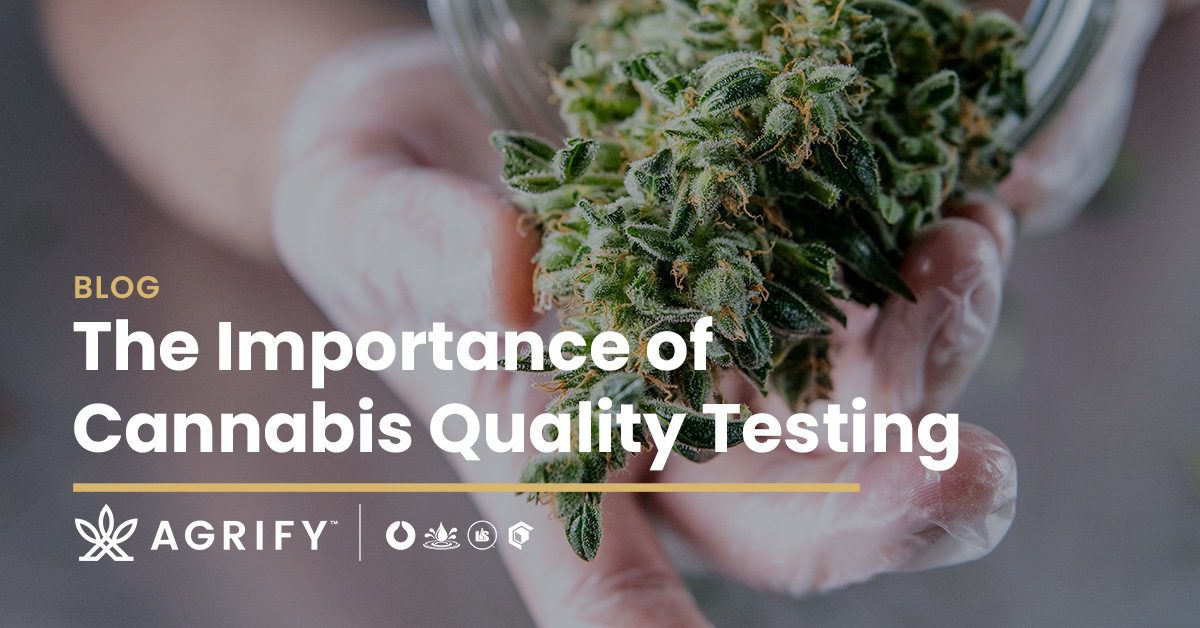
As a beginner, chances are you will make a few cannabis growing mistakes. Not every harvest will come out as expected, but practice makes perfect. The more cycles you run through, the better you’ll understand the plant and the impact of the growing environment.
But why go into the process blind? Whether you’ve just set up your grow room or are working on your next crop, a little research will help you avoid some of the most common mistakes.
From overwatering to overfeeding to the drying process, here are seven of the most significant issues home growers face.
7 Common Cannabis Grow Mistakes in the Indoor Grow Room
1. Choosing the Wrong Genetics
The strain you choose to grow can make or break your harvest. Commercial cultivators often try out different strains under a variety of environmental conditions to uncover the best results. However, as a beginner grower in a small indoor setup, you don’t have this leeway.
To get the genetics right from the start, you’ll want to look for cultivars with appropriate characteristics for your environment. You’ll also want to source seeds or clones from trusted sources to ensure their viability and increase the likelihood of getting a high-quality product.

2. Overwatering
Another common issue is the tendency to overwater. Although many new growers assume the soil should always feel saturated, this much water will start to drown the roots and impede development. In the worst-case scenario, it could even kill your plants.
Cannabis roots, like the leaves, absorb oxygen. If you are watering too much or too frequently, they don’t get a chance to dry out and, therefore, can’t breathe. As a general rule, it’s time to water again if the top one to two inches of the substrate has dried out.

3. Overfeeding
Alongside overwatering, many new growers overfeed their plants. If you add too many nutrients too frequently, you’re not just wasting expensive additives, but risk chemically burning your plants. This is especially common with beginners strictly following the overly aggressive feeding schedule recommended on the back of nutrient containers.
While experienced growers may be able to balance plant stress and environmental inputs with these high nutrient levels, it isn’t always manageable for new growers. So, if you notice signs of leaf burn, try reducing the amount and/or the frequency of nutrient application.

4. Ignoring pH Level
pH level is a critical component in the indoor growing environment, but one which newbie growers frequently ignore. If the pH level of your nutrient solution and substrate is too high (above 7), your plants will experience nutrient lock-out.
If the pH level is too low (below 5), then there is a risk of increased nutrient availability, specifically iron and manganese. Excess nutrient absorption can lead to nutrient toxicity. Therefore, it’s highly recommended to invest in a pH testing kit, routinely test your run off, and aim for a pH between 5.8 to 6.2.
5. Inefficient and Ineffective Lighting
Traditionally, everyone relied on high-powered HID lighting to grow cannabis indoors. While these fixtures produced a light intensity perfect for cannabis, they ran incredibly hot and were far from energy efficient.
Thankfully, today you can get the same intensity from advanced LED grow lights but with a much lower electricity bill and less overall heat production. Plus, many new designs are explicitly engineered to produce the light spectrum and intensity that cannabis plants need to thrive. As a result, LEDs are a safer and more efficient option, especially for home growers.

6. Wrong Harvest Time
Getting harvest time right determines the plant’s final phytochemical profile and potency. If you harvest too early, you will miss peak potency; too late and the THC molecules begin to degrade.
To achieve peak potency, check the trichome coloration daily in the final week of flower. Clear and translucent trichome heads indicate that it’s not quite time to harvest, while amber coloration indicates you’ve missed the ideal window. Aim to harvest when a majority of trichomes are cloudy white.
Although invisible to the naked eye, a magnifying glass or jeweler’s loupe can help you see both the coloration and transparency of tiny trichome heads.

7. Risky Drying Environment
Remember, growing cannabis doesn’t stop at the chop. Cannabis requires just as much attention during the drying and curing stages as it does throughout its growing cycles.
The post-harvest environment impacts the cannabinoid and terpene profile almost as much as the last few weeks of flower. If the conditions aren’t right, it can also affect the integrity of the flower by encouraging the development of mold, mildew, and other microorganisms.
After you harvest your plants, keep them in a dark room with proper, ongoing airflow. Use an environmental control to maintain the room between 65 to 75 °F with 45 to 55 percent humidity. This environment preserves the phytochemical profile while reducing the risk of post-harvest bud rot.
Learn More About Indoor Grow Room Solutions
Agrify is one of the most trusted names in indoor cannabis cultivation. We give growers the tools they need to succeed, from vertical farming technology to world-class extraction equipment. If you have questions about cannabis, we can help!
Find out more about the future of cannabis cultivation and explore our library of grow room resources.








